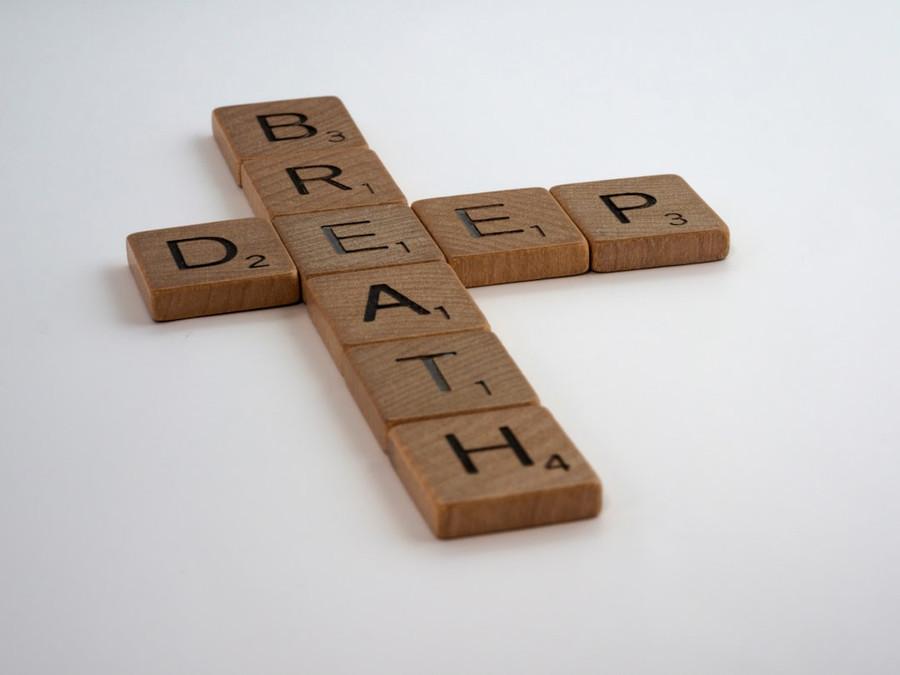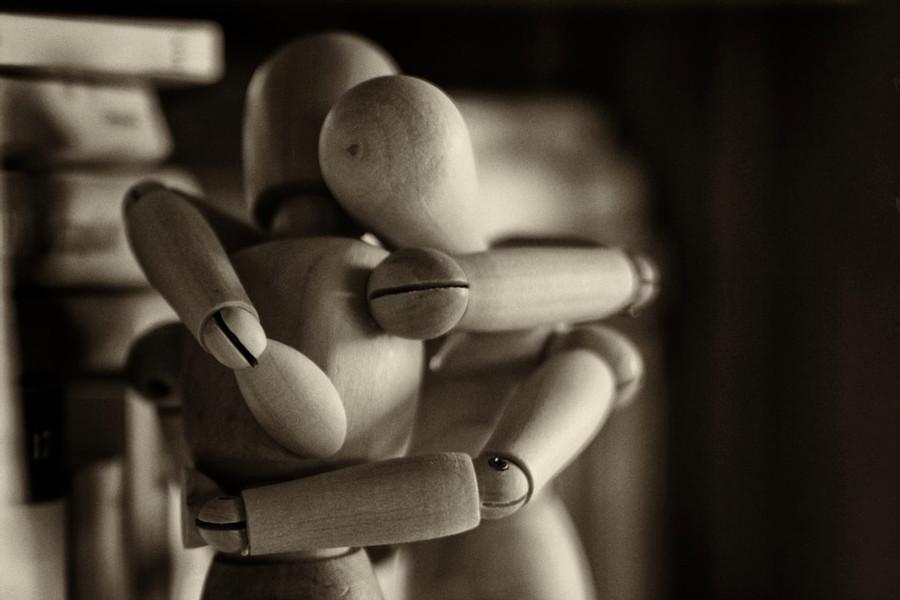Why We Cry When We’re Angry
Curated from: vice.com
Ideas, facts & insights covering these topics:
15 ideas
·14.5K reads
42
Explore the World's Best Ideas
Join today and uncover 100+ curated journeys from 50+ topics. Unlock access to our mobile app with extensive features.
“Our tears are a way our body forces us to pause and take inventory on the situation.”
SABRINA ROMANOFF
57
1.16K reads
Reasons You Cry When You Get Mad
Below, Romanoff explains some of the emotional reactions people experience in response to anger.
48
1.01K reads
1. Aggression
This can include overt aggression or action, such as breaking things or punching walls. Alternatively, people express their anger indirectly through sarcasm—this allows them to dispel their aggressive impulses in a sublimated way.
53
855 reads
2. Depression and Anxiety
We are taught at a young age that anger is corrosive and threatens attachments and relationships. Therefore, we go to great lengths to protect others from our anger, by replacing it with less outwardly threatening emotions, like depression and anxiety. The consequence is that we must bear the burden of these internally distressing emotions.
53
724 reads
3. Criticism
People also tend to become critical when they’re angry. Instead of constructively addressing the problem, they find fault in others in the pursuit of retaliation.
48
692 reads
Pros and Cons of Crying When You're Mad
Benefits of Crying When You’re Mad
Crying is a form of self-soothing; it forces you to regulate and control your breath, focus on your inhalation and exhalation patterns, and decrease your heart rate, until you return to a calm state.
It is okay to cry when you get mad. Crying is not a sign of weakness; rather it is an indicator that the situation is important to you and you have strong feelings toward it. It is always helpful to use your emotions as a guide. Tears help you understand more about yourself and the impact the situation has on you.
63
602 reads
Disadvantages of Crying When You’re Mad
Crying can be disadvantageous when you are in a situation in which you don’t want others to know how you’re truly feeling. This could be due to how you believe it might change their perception of you.
For instance, you may think that they will perceive you negatively, assume you are being manipulative, conclude that you cannot manage the situation, or lose respect for you.
These disadvantages pertain to crying in the context of others and should be separated from you being able to express your emotions within a private and safe space.
51
538 reads
While anger can be a loud and expressive emotion, typically people have a lot of underlying emotions below the anger that gets washed over.
SABRINA ROMANOFF
53
581 reads
Coping With Crying When You Get Mad
some strategies that can help you cope with your tears and your anger in a healthy manner.
47
579 reads
Take Deep Breaths
Taking deep breaths is a good way to calm yourself down. Pausing for a moment and focusing on your breath allows you to be more deliberate in your communication and your response to the situation.
51
508 reads
Communicate Your Feelings
Writing out your thoughts allows you to see the situation more clearly, understand what triggered your anger and then respond more effectively. Similarly, having a friend or family member whose opinion you trust to validate and empathize with your experience can help calm you down.
52
496 reads
Maintain Your Composure in Public
Visualization can be helpful in these moments. For example, imagine your thoughts being depicted as cartoon photos and visualize placing them safely into a filing cabinet, until a more appropriate moment to revisit them.
If you are unable to control your emotions, you always have the opportunity to leave. Sometimes it’s better to remove yourself from the situation, take time to compose yourself, and then explain your response when you have more self-control
53
459 reads
Release Your Emotions
When you feel safe—either with others you trust, or on your own—you should embrace your tears as a form of catharsis. Crying is an innate tool for emotional regulation, and shouldn’t be resisted in moments when you need to be regulated. It is a built-in mechanism to process and manage intense feelings.
52
456 reads
A Word From Author
Crying is a common reaction to anger, since anger is often triggered by situations that hurt you. Crying can provide emotional release and help you understand your feelings better.
However, crying in public or with people you’re not comfortable with can be embarrassing and frustrating. Taking deep breaths, changing the topic, and putting your emotions aside for a minute and revisiting them at a more appropriate time can be helpful.
53
459 reads
It’s better to cry than be angry, because anger hurts others while tears flow silently through the soul and cleans the heart.
— POPE JOHN PAUL II
101
5.39K reads
IDEAS CURATED BY
Allow yourself to shine without the desire to be seen... https://www.instagram.com/_chris_te_ena?igsh=MTl6dHV6NDRrNXZjeg==
Similar ideas
44 ideas
41 Psychological Facts About Crying
newinterestingfacts.com
4 ideas
The Science of Crying
time.com
4 ideas
Why We Say "I'm Fine" When We Aren't
psychologytoday.com
Read & Learn
20x Faster
without
deepstash
with
deepstash
with
deepstash
Personalized microlearning
—
100+ Learning Journeys
—
Access to 200,000+ ideas
—
Access to the mobile app
—
Unlimited idea saving
—
—
Unlimited history
—
—
Unlimited listening to ideas
—
—
Downloading & offline access
—
—
Supercharge your mind with one idea per day
Enter your email and spend 1 minute every day to learn something new.
I agree to receive email updates












